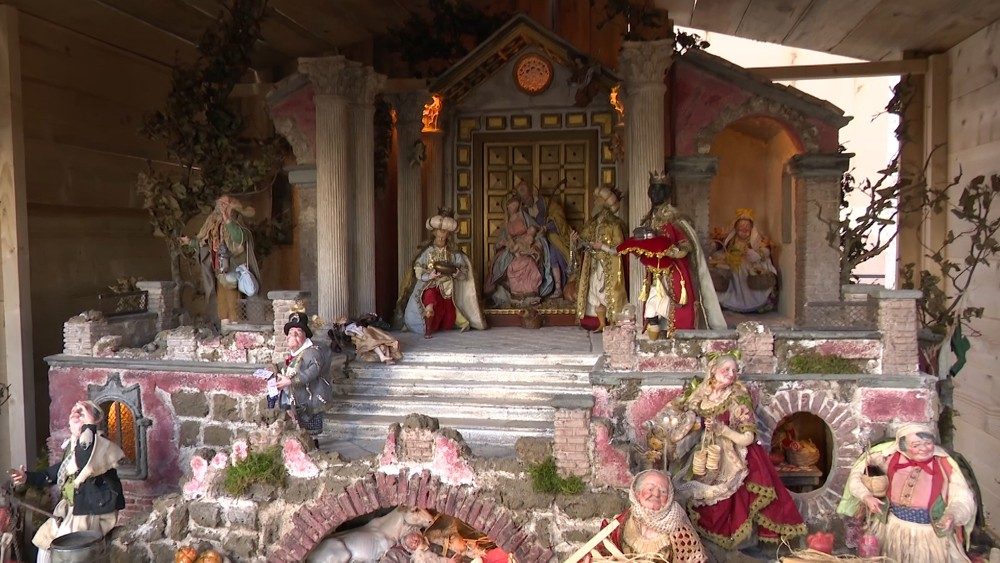By Gabriel Sales Triguero
From last Sunday, December 13, 2020, to January 10, 2021, the traditional exhibition can be visited of the “Vatican’s 100 Nativity Scenes” in Saint Peter’s Square, the decision taken as a measure given the spread of COVID-19.”
“In the drama of the pandemic, the Nativity Scene gives consolation and hope,” writes the Pontifical Council for Promoting the New Evangelization, in an informative note. “The complications of the coronavirus must not impede Christmas being a “moment of joy,” or Jesus Christ’s birth as “hope to look at the future with serenity.”
Christmas Gives Meaning
The press release states “it wouldn’t make sense to look the other way, with indifference, as if the dramatic moment the whole world is living didn’t exist,” as faith “requires looking at the reality and giving meaning to what is happening in personal and human history” and “to live Christmas as a parenthesis would not give a reason for the meaning it has for faith.”
The Pontifical Council also adds that all “will be able to pause to admire the beauty of the many Nativity Scenes of different parts of the world, and understand how much love and imagination went into the making of the Nativity Scenes.”
God Becomes Man
The Pontifical Council highlights that the “simplicity of the scene described” can help people to reflect further on the mystery that implies that God became man and that closeness to their families because of the suffering of the pandemic will include “the faces” of the health personnel and chaplains that assist the sick every day and “give them relief.”
Not forgotten are “the men and women of science who give no respite to their experiments to obtain results that can finally reverse the pandemic curve and conquer it.”
The Family at the Center
The note points out how the Church has had the intention to “live this same journey with the liturgy, celebrating the Sacred Eucharist” during the night: the secular traditions, the representation of the Nativity Scene in churches, and Christmas as “family celebration.”
However, it continues, many families will live the liturgical celebrations “with sadness” for having lost those closest to them, “that the pandemic has snatched dramatically and often in violent and inhuman ways, without even allowing them to be close to them for a final farewell.”
Other families “will have their thoughts fixed on the members of the family in hospital being as they are obliged to be alone in these days. The worry and anxiety over their fate will be at the center of their thoughts while they try to send a sign of love and affection,” it adds.
Therefore, “the setting up of a small Nativity Scene in our homes (. . . ) will be a sign to support in this juncture the joy of transmitting a family tradition to the younger generations,” it concludes.



